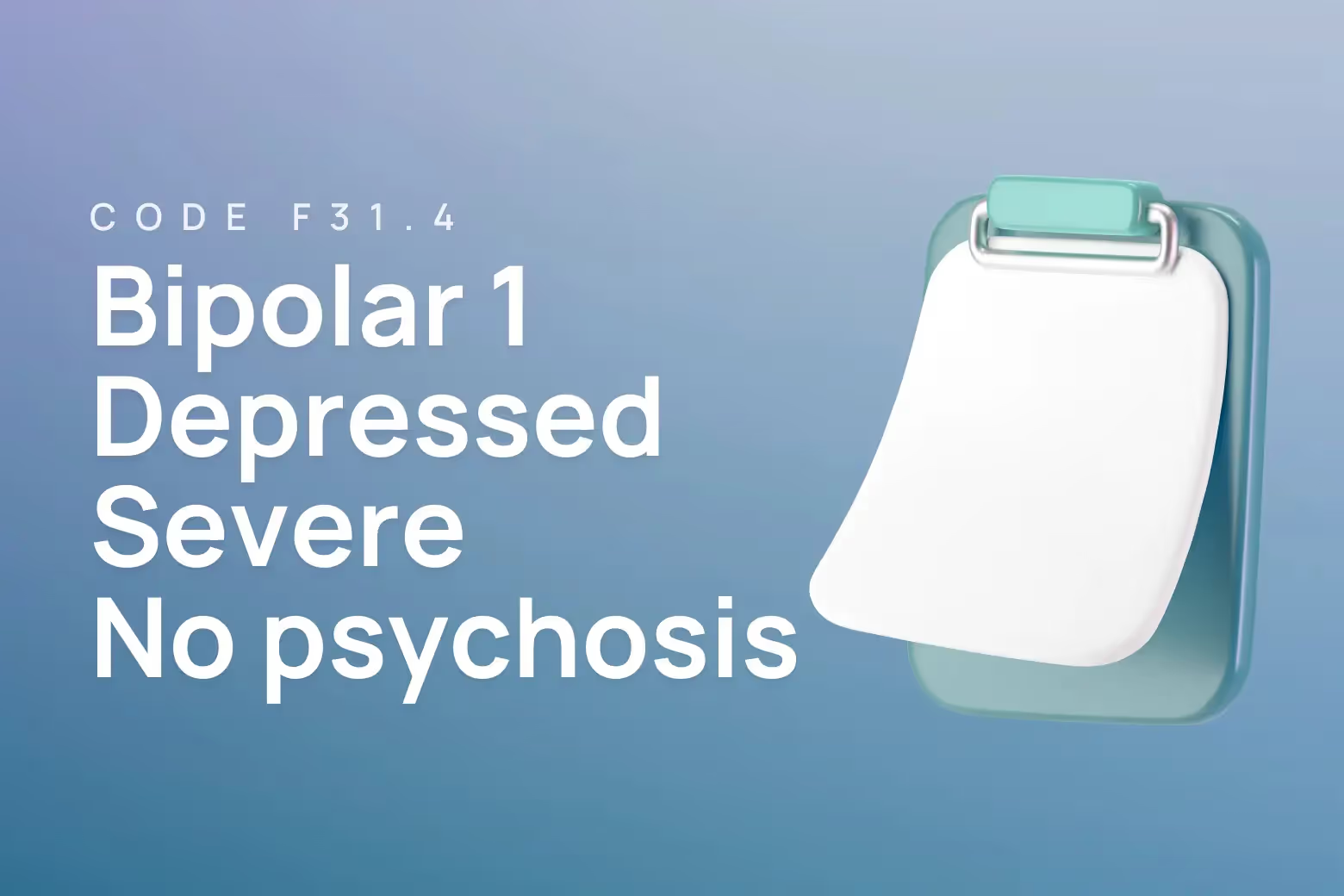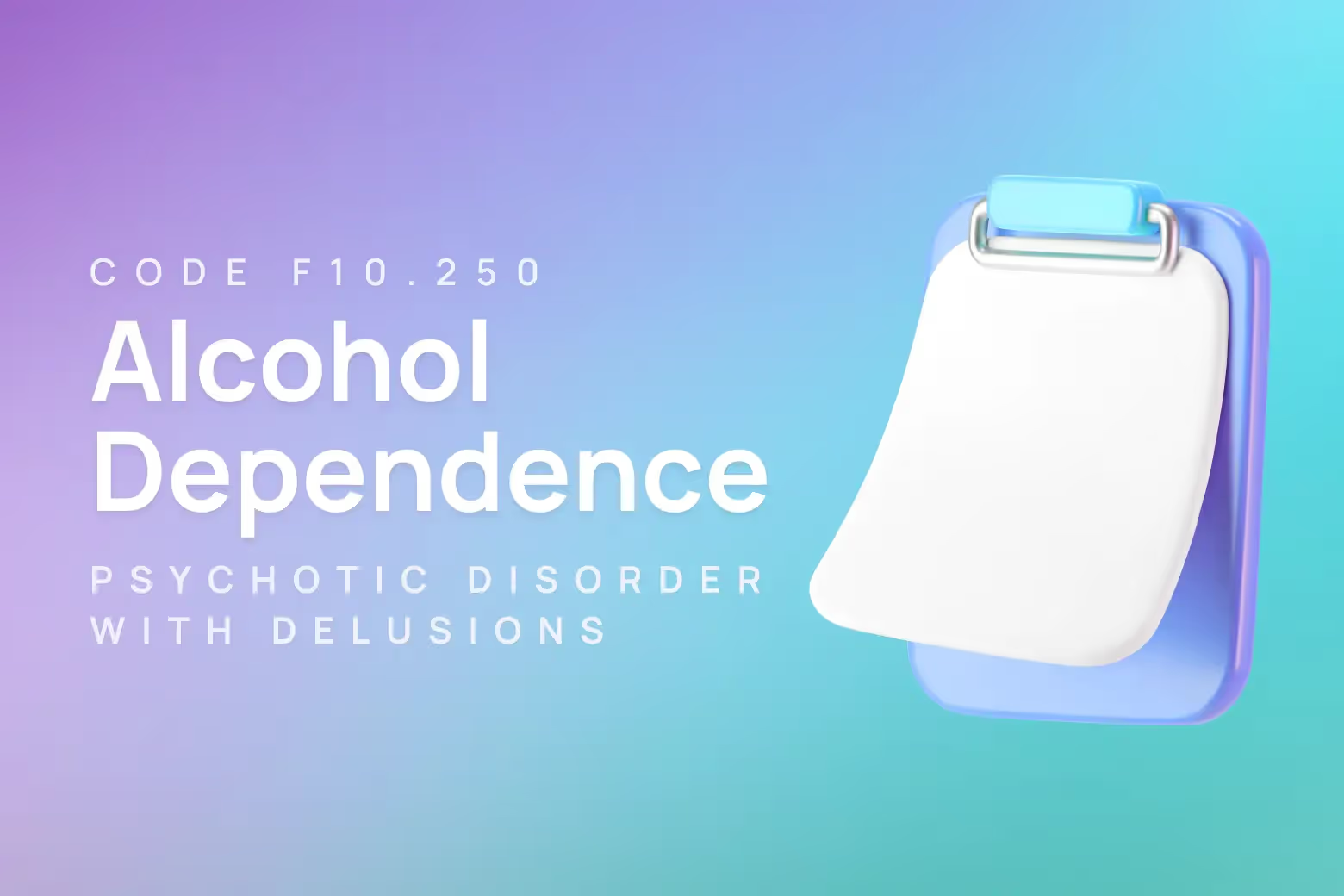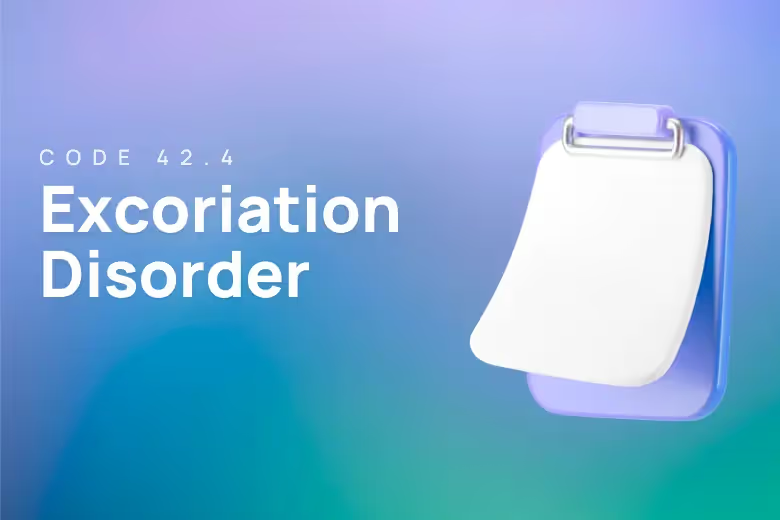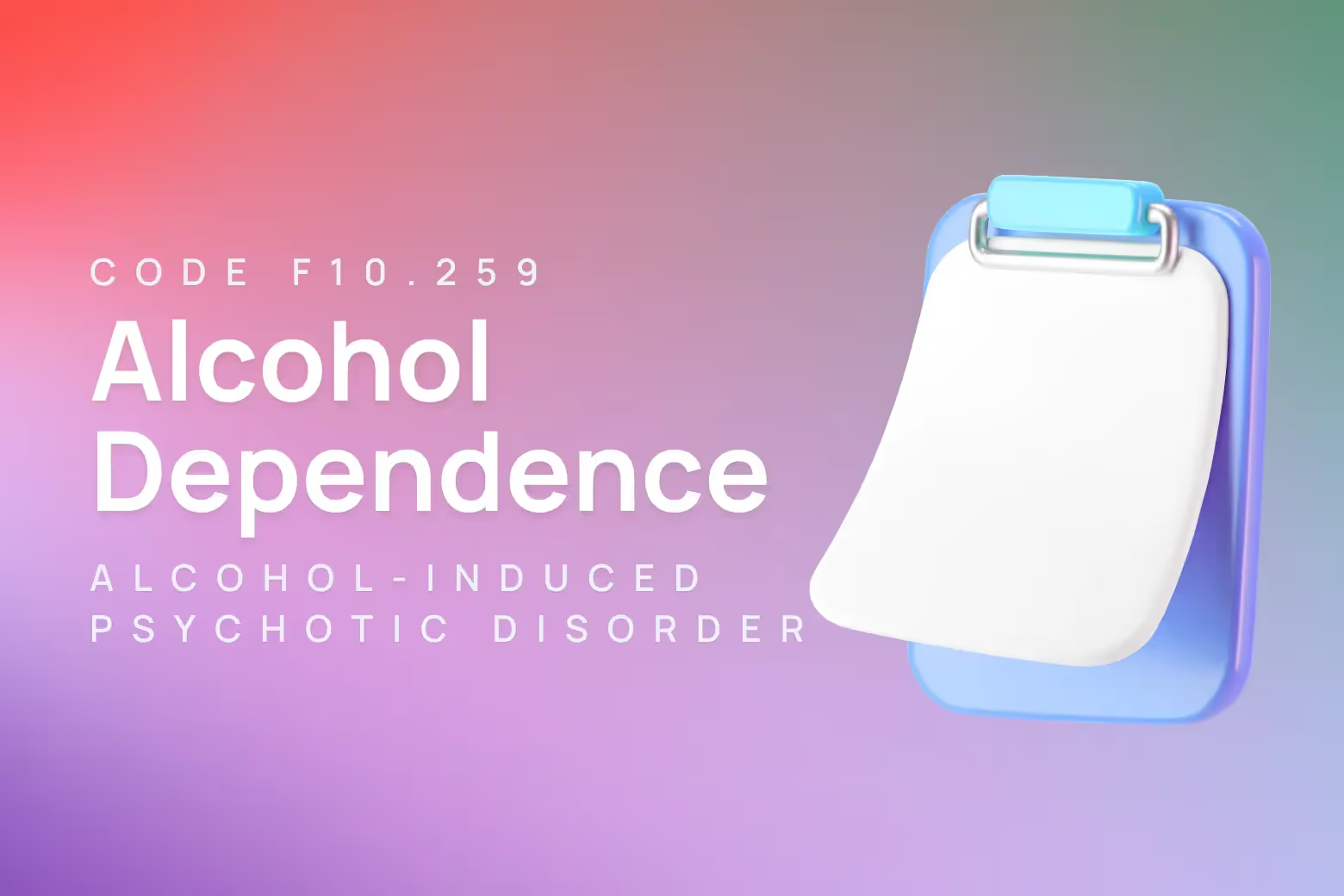ICD-10 code for F31.4: Bipolar disorder, current episode depressed, severe, without psychotic features

The weight of severe depression can feel crushing when it strikes during a bipolar episode. Clients experience profound sadness that goes far beyond typical mood fluctuations. Their world becomes colored by hopelessness, fatigue, and overwhelming despair that significantly disrupts their daily functioning. Yet with proper diagnosis and therapeutic support, individuals with bipolar disorder can find stability and reclaim meaningful lives.
F31.4 is the ICD-10 code for bipolar disorder, current episode depressed, severe, without psychotic features. This diagnosis applies when someone with established bipolar disorder is currently experiencing a major depressive episode of severe intensity, but without hallucinations or delusions.
Accurate diagnosis and documentation for F31.4 ensures clients receive appropriate care while meeting insurance requirements and compliance standards that support continued treatment authorization.
Diagnostic criteria for bipolar disorder (F31.4)
To assign F31.4, clinicians must first establish a bipolar I disorder diagnosis, which requires at least one lifetime manic episode lasting seven days or requiring hospitalization. The current major depressive episode must meet criteria for five or more symptoms present nearly daily for at least two weeks, including depressed mood or anhedonia, plus symptoms like significant weight changes, sleep disturbances, psychomotor changes, fatigue, feelings of worthlessness, concentration difficulties, or recurrent thoughts of death. The severe specifier indicates that symptoms substantially exceed diagnostic requirements, are seriously distressing and unmanageable, and markedly interfere with social and occupational functioning.
Differential diagnoses of F31.4
F31.4 should be used when the current episode meets criteria for severe major depression in someone with established bipolar disorder, without psychotic features. However, clinicians must carefully distinguish this from related diagnoses to ensure proper coding compliance.

Depressed mood state
F31.4 represents the depressed pole of bipolar disorder, characterized by the emotional and cognitive symptoms of major depression. Unlike manic episodes that feature elevated or irritable mood with increased energy, depressed episodes involve persistently low mood, anhedonia, and decreased motivation.
This depressed state contrasts sharply with hypomanic episodes, which involve elevated mood but less severe impairment than full mania. Mixed episodes would involve simultaneous manic and depressive features, requiring different coding.
The depressed mood state in F31.4 must represent a clear departure from the individual's baseline functioning between episodes. This helps differentiate it from persistent mood changes that might suggest other diagnoses.
Severe episode intensity
The severe specifier in F31.4 indicates substantial symptom burden beyond what's required for basic diagnostic criteria. Clients experience numerous depressive symptoms that are seriously distressing and unmanageable.
This severity level contrasts with mild episodes, where few symptoms beyond diagnostic criteria are present, and the intensity remains distressing but manageable with minor functional impairment (APA.pdf). Moderate episodes fall between mild and severe in symptom count, intensity, and functional impact.
Severe episodes markedly interfere with social and occupational functioning, distinguishing them from less intensive presentations. This level of impairment often necessitates intensive treatment interventions and close monitoring.
Without psychotic features
F31.4 specifically excludes psychotic symptoms like hallucinations or delusions during the current depressive episode. This distinction is crucial for treatment planning and prognosis, as psychotic features typically indicate more severe illness requiring different therapeutic approaches.
Mood-congruent delusions might include themes of guilt, worthlessness, or deserved punishment that align with depressed mood, while mood-incongruent psychotic symptoms would involve content unrelated to typical depressive themes. The absence of these features in F31.4 suggests a purely depressive presentation without reality testing impairment.
Supporting clients with bipolar disorder
The hope signaled earlier remains grounded in evidence-based treatment approaches that can help individuals with bipolar disorder achieve stability and meaningful recovery. Clinicians serve as crucial anchors during these severe depressive episodes, providing both immediate safety assessment and longer-term therapeutic guidance.
Today's healthcare environment demands that providers maintain accurate documentation while reducing administrative burden, allowing more time for direct client care. Effective treatment requires a collaborative approach that combines medication management, psychotherapy, and psychosocial interventions tailored to each individual's needs.
The therapeutic relationship becomes especially vital during severe depressive episodes, when clients may feel hopeless about their prospects for improvement. Accurate documentation using F31.4 ensures insurance coverage for necessary treatments while providers focus on delivering evidence-based interventions that can restore functioning and prevent future episodes.
Upheal is an AI-powered clinical documentation platform that automatically generates compliant notes while maintaining the therapeutic connection that drives real change. Clinicians can focus on what matters most — supporting their clients through difficult episodes — while ensuring all documentation requirements are met seamlessly.
Ready to reclaim your time for what truly matters? Try Upheal free and experience how streamlined documentation enhances rather than burdens your practice.













